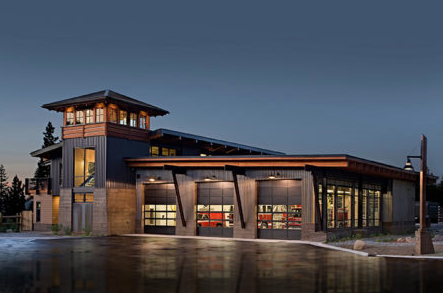Jason Sandford
Jason Sandford is a reporter, writer, blogger and photographer interested in all things Asheville.
Download pdf of the NIOSH report here. Here’s the press release:
On July 28, 2011 Capt. Jeff Bowen with the Asheville Fire Department went into cardiac arrest after succumbing to intense smoke and heat while fighting a high rise fire at the medical facility located at 445 Biltmore Avenue.
Today, the NIOSH report pertaining to this fire is  complete and has been released. The National Institute for Occupational Safety and Health (NIOSH) Fire Fighter Fatality Investigation and Prevention Program conducts investigations of fire fighter line-of-duty deaths to formulate recommendations for preventing future deaths and injuries. This report is the final of 3 reports to conclude the investigation of the line-of-duty death from 445 Biltmore Avenue. The 3 reports include an internal report, which will be presented to the Public Safety Committee on August 27, the OSHA report and the NIOSH report.
complete and has been released. The National Institute for Occupational Safety and Health (NIOSH) Fire Fighter Fatality Investigation and Prevention Program conducts investigations of fire fighter line-of-duty deaths to formulate recommendations for preventing future deaths and injuries. This report is the final of 3 reports to conclude the investigation of the line-of-duty death from 445 Biltmore Avenue. The 3 reports include an internal report, which will be presented to the Public Safety Committee on August 27, the OSHA report and the NIOSH report.
The NIOSH report details the circumstances of the deadly blaze and provides recommendations for improvement within the Asheville Fire Department. The final NIOSH report for the 445 Biltmore Avenue fire lays out 3 focus areas for the Asheville Fire Department to improve on in order to help prevent such a tragedy from happening again. The 3 main areas are: training, span of control and deployment strategy. In order to access the report, follow the link to http://www.cdc.gov/niosh/fire/.
Immediately following the tragedy last July, AFD began post analyzing the incident and has already taken steps to improve the areas addressed in today’s posted NIOSH report. AFD also has additional plans in place to fully meet and exceed all recommendations.
Here are key recommendations from the report.
Ensure that the existing standard operating procedures for high-rise fire-fighting operations are reviewed, implemented, and enforced.
Ensure that a deployment strategy for low-frequency/high-risk incidents is developed and implemented.
Ensure that the incident commander develops an incident action plan, which is communicated to all fire fighters on scene, and includes effective strategy and tactics for high-rise operations, a timely coordinated fire attack, and a coordinated search plan.
Ensure that the incident commander utilizes division/group supervisors for effective tactical-level management.
Ensure that fire fighters are properly trained in air management.
Ensure that fire fighters are properly trained in out-of-air SCBA emergencies and SCBA repetitive skills training (e.g., buddy breathing and clearing a facepiece)
Ensure that the incident commander is provided a chief’s aide to assist in incident management, including communications and personnel accountability.
Ensure that the incident commander establishes a stationary command post for effective incident management, which includes the use of a tactical worksheet, enhanced fireground communications, and a personnel accountability system.
Ensure that fire fighters are properly trained in Mayday standard operating procedures and survival techniques.
























